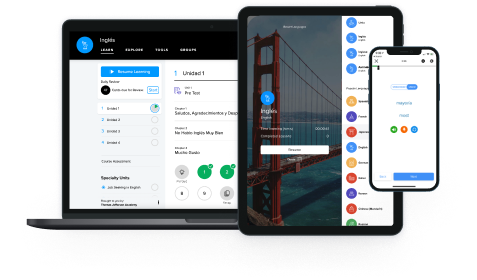Passato remoto and passato prossimo are not used together in the same sentence.
They are mostly interchangeable when you mean a completed past action like “I ate,” but not when you refer to a past action that just ended, and is related to the present like “I just ate.”

